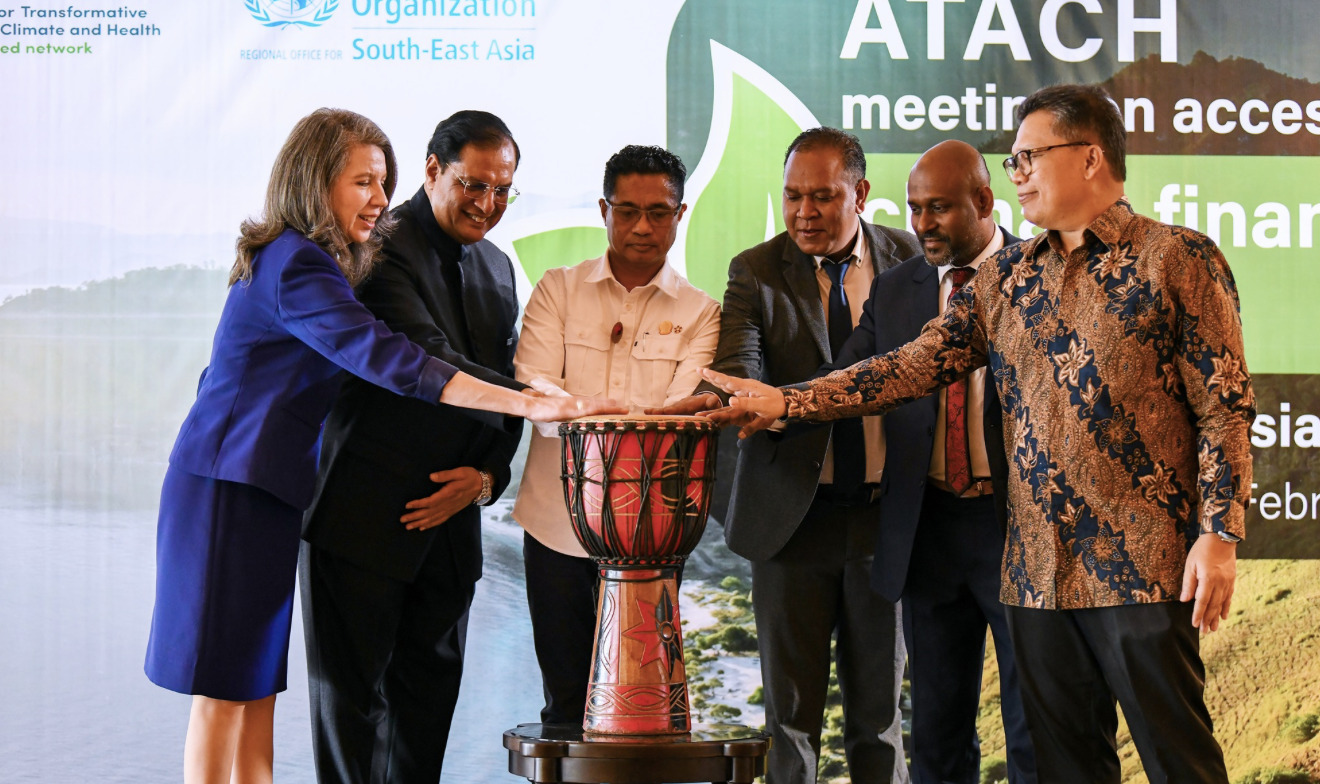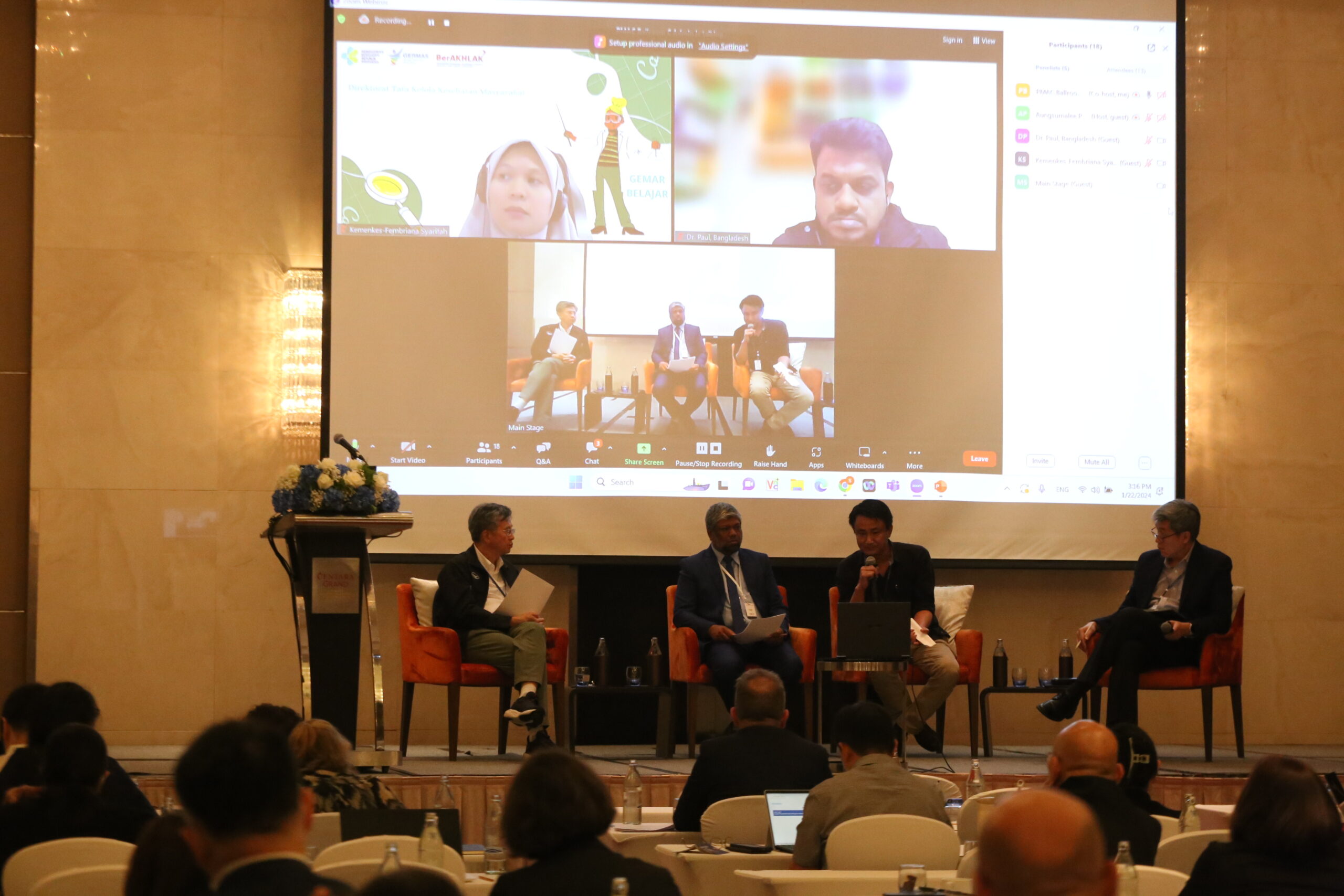Island nation with a strong resolve for social protection
Low OOP due to low utilization
Health services in Timor-Leste are mainly financed and provided by the government. In principle, health care in public facilities is free at the point of service, with direct OOPs lower than in most countries in the region. However, the low OOP rate is linked to lower use of health services and required reallocation to increase the accessibility and availability of health services.
In 2019, Timor-Leste launched the Health Financing Strategy 2019–2023 to “ensure financial protection for the population; increase health funding to cover unmet needs; reduce inequities across territories and population groups; and improve system-level allocative and technical efficiency”. The MOH aims for a strategic approach to sustainable health financing to ensure that people have universal access to health services without impoverishment.
References
[1] International Labour Organization. Extending Social Security to Workers in the Informal Economy: Lessons from International Experience. Nov. 2019.



